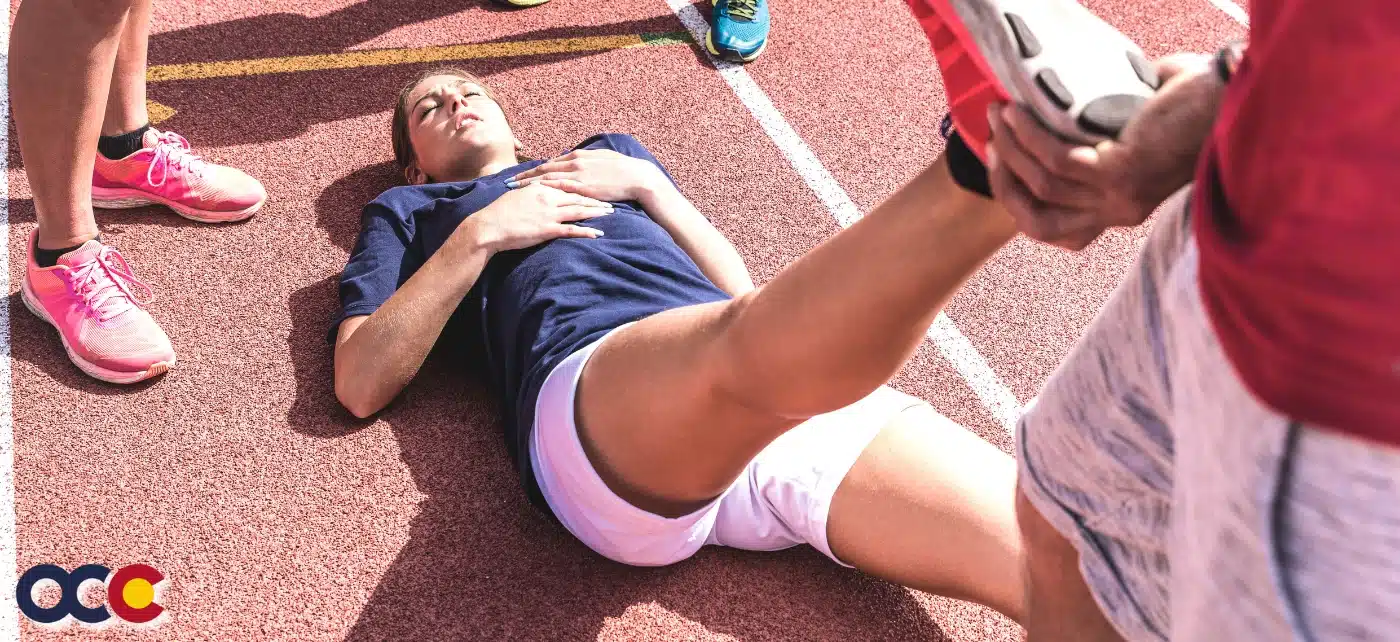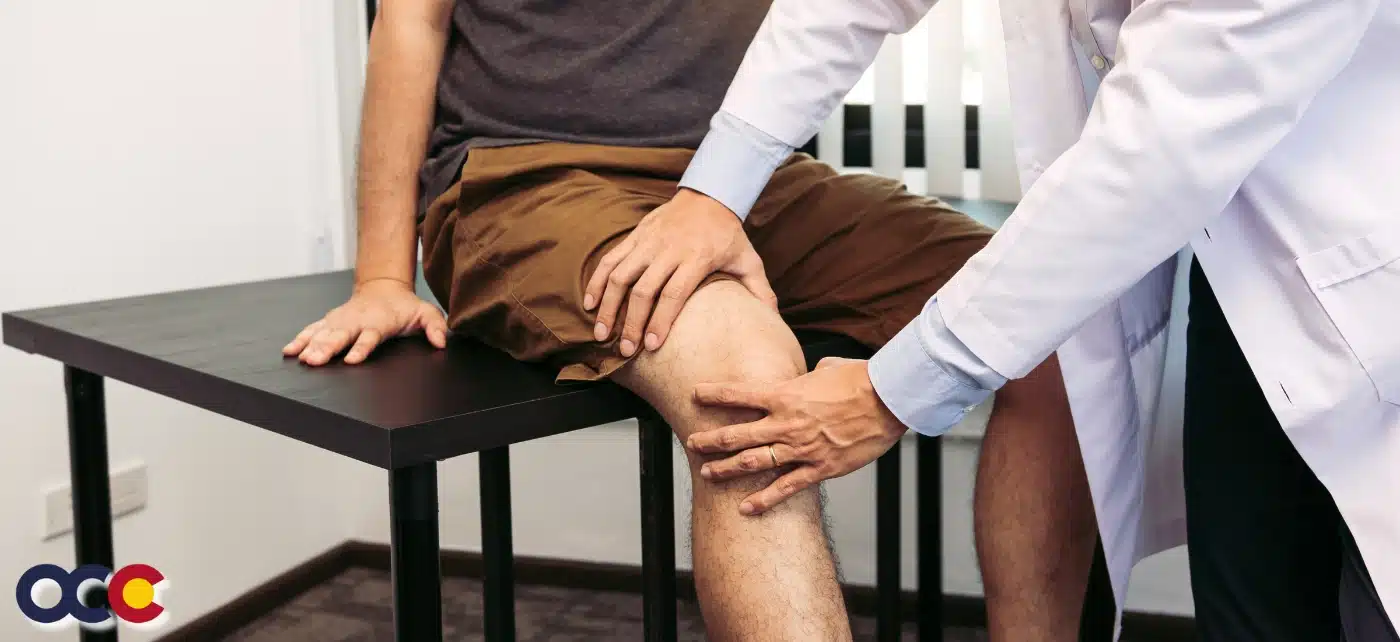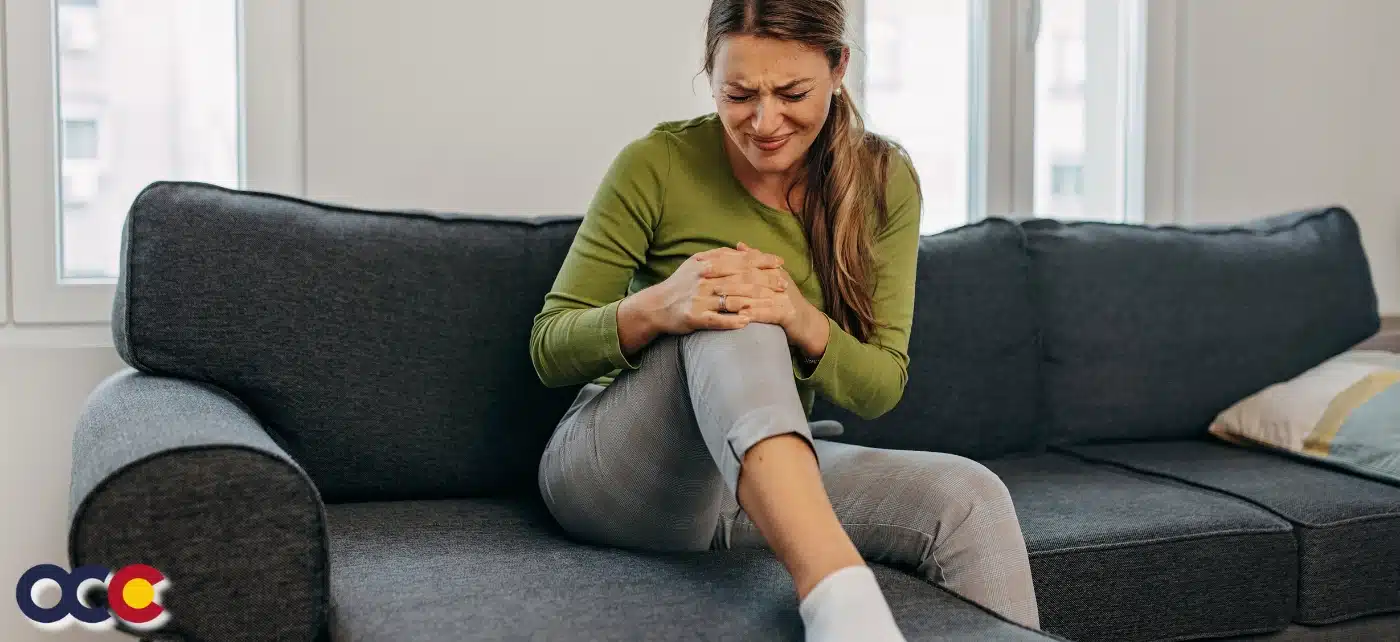Consider how important the simple movement of just walking is, then imagine how disabling a lateral collateral ligament tear can be if it causes knee pain or causes your knee to give way. Your lateral collateral ligament (LCL) is a thin band of tissue running along the outside of the knee that helps keep it stable. If left untreated, an LCL tear may be prone to further injuries over time. That’s why it’s important to visit the orthopedic specialists at Advanced Orthopedics & Sports Medicine Specialists in Denver, Parker, or Aurora, Colorado, as soon as possible before the injury takes a toll on the surrounding tissues.
OVERVIEW
The lateral collateral ligament is one of the more commonly injured ligaments in the knee. In the United States, 25% of the patients who present to the emergency room with acute knee pain have a collateral ligament injury. Adults aged between 20-34 and 55-65 years old have been shown to have the highest incidence. An LCL tear tends to happen more often in men and boys than women and girls. 40% of LCL tears occur in sports. The risk of having one is higher if there has been a previous LCL tear and it is possible to tear the same lateral collateral ligament again.
ABOUT THE KNEE
The knee is the joint that connects the thigh to the lower leg. It’s the biggest joint in the body. Like all joints, the knees are part of the skeletal system. The knees also contain cartilage, muscles, ligaments, and nerves. The knees help support one’s weight and let the legs bend and move. Almost any movement that uses the legs relies on the knees — the knees help when walking, running, and jumping. Three bones make up the knee joint—the thighbone (femur), the kneecap (patella), and the shinbone (tibia). Ligaments are thick, strong bands of tissue that hold the bones together. Collateral ligaments are on the side of the knee.
WHAT IS A LATERAL COLLATERAL LIGAMENT TEAR?
An LCL tear is a strain or tear to the lateral collateral ligament. These knee injuries are categorized into three grades:
- Grade I: This is an incomplete tear of the LCL. The tendon is still in continuity, and the symptoms are usually minimal. Patients usually complain of pain with pressure on the LCL and may be able to return to their sport very quickly. Most athletes miss one to two weeks of play.
- Grade II: Grade II injuries are also considered incomplete tears of the LCL. These patients may complain of instability when attempting to cut or pivot. The pain and swelling are more significant, and usually, a period of three to four weeks of rest is necessary.
- Grade III: A grade III injury is a complete tear of the LCL. Patients have significant pain and swelling and often have difficulty bending the knee. Instability, or giving out, is a common finding with grade III LCL tears. Grade III LCL tears commonly require surgical reconstruction.
Read more about Lateral Collateral Ligament Tears on our new Orthopedic News Site – Colorado Orthopedic News. Schedule an appointment with a knee specialist today.

















